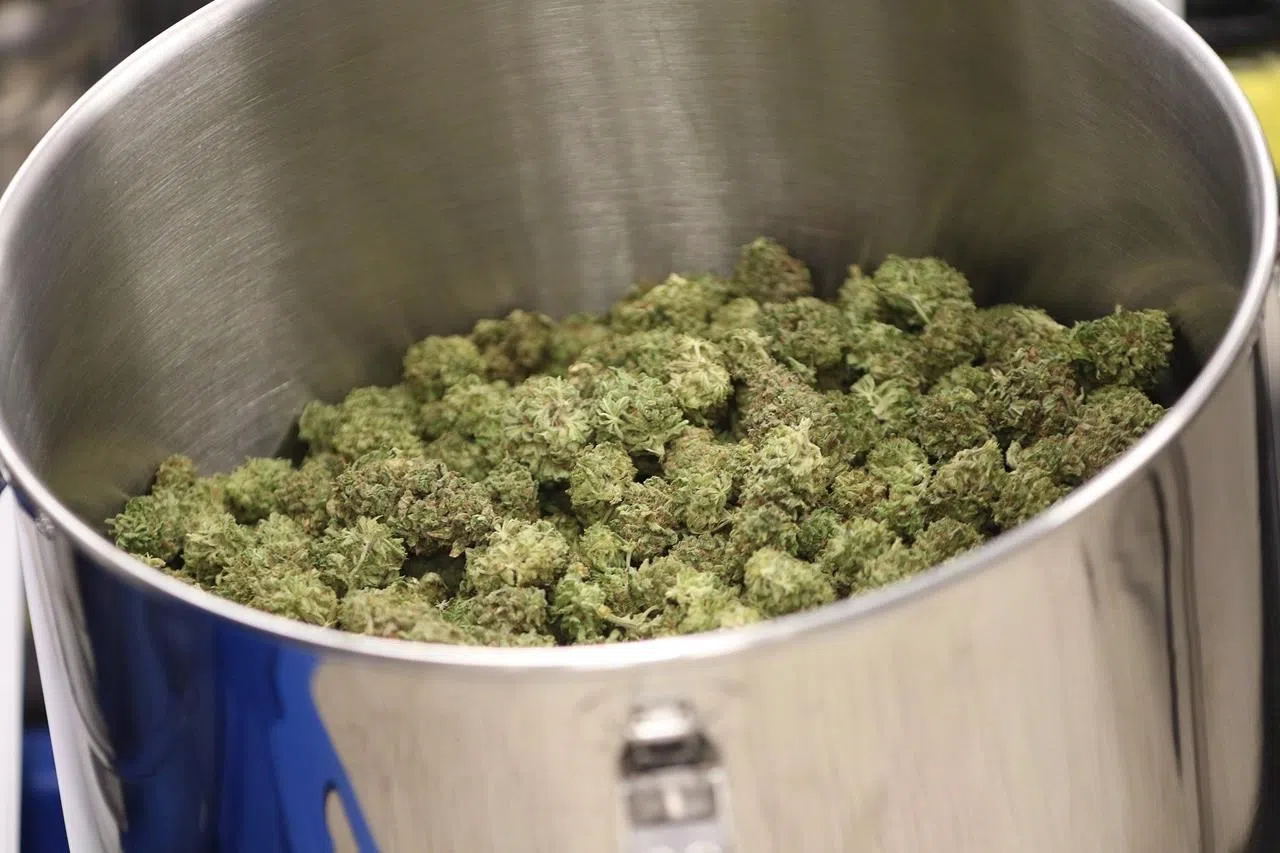
PBO says tax revenues on legal marijuana to be less than $1 billion at outset
OTTAWA — The parliamentary budget watchdog is being a bit of a buzz kill when it comes to forecasting government revenue windfalls from legalized marijuana.
“We’re talking millions and millions — not billions and billions — of dollars of revenues,” Jean-Denis Frechette, the parliamentary budget officer, said Tuesday after releasing a study entitled, “Legalized Cannabis: Fiscal Considerations.”
The 77-page report finds that the federal government may have little fiscal space to heavily tax cannabis the way it does tobacco without pushing the legal price well beyond that of currently illicit pot.
What’s more, the Liberal government’s stated aims of decreasing marijuana use and accessibility for young Canadians while choking off pot revenues from organized crime will require a delicate balancing act, the study found.



